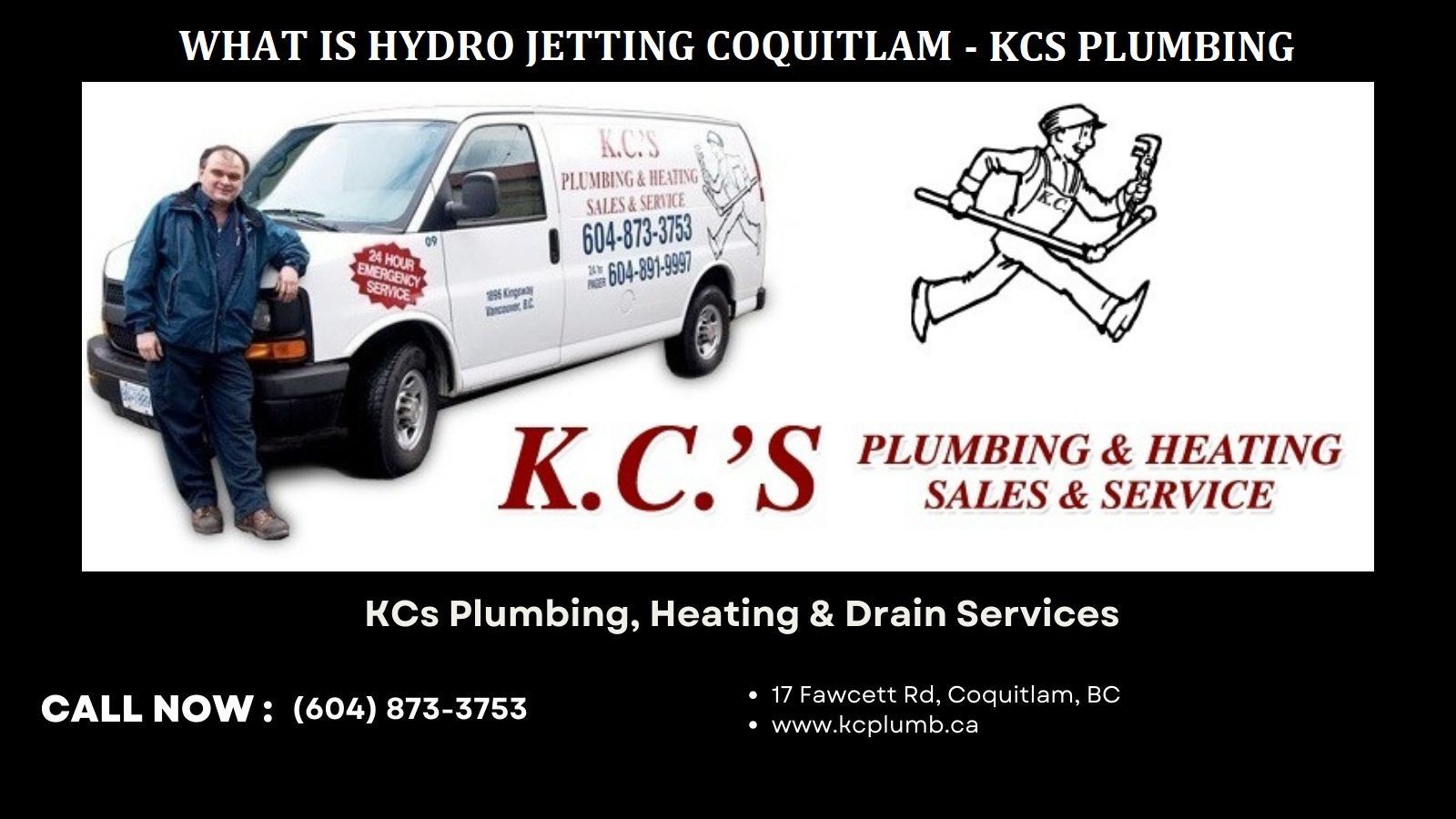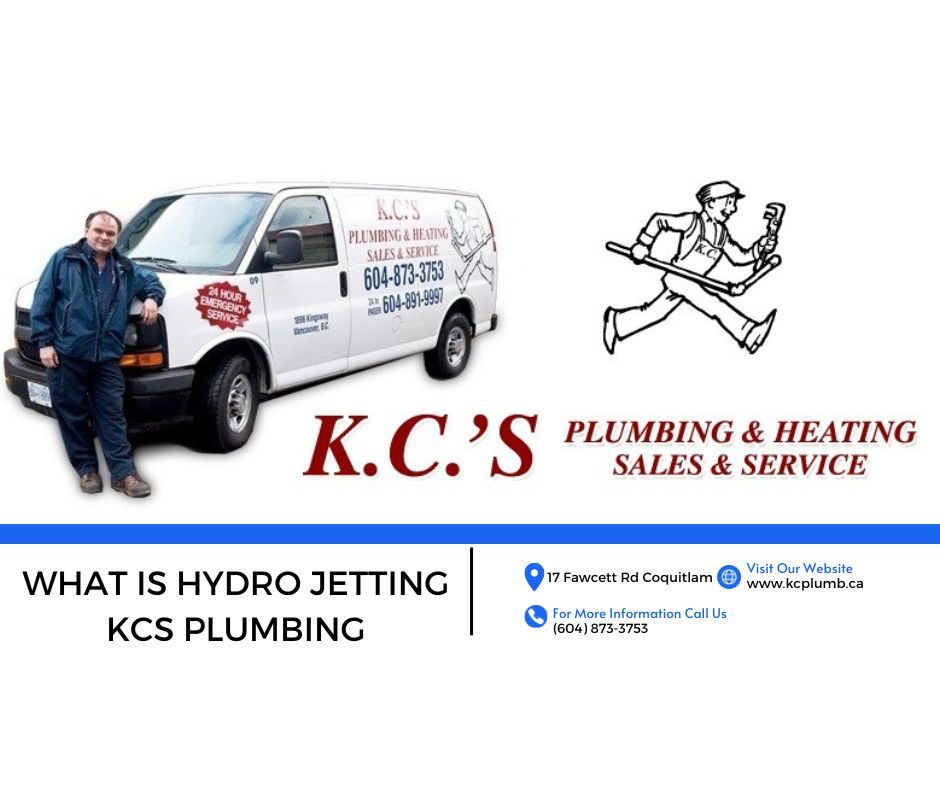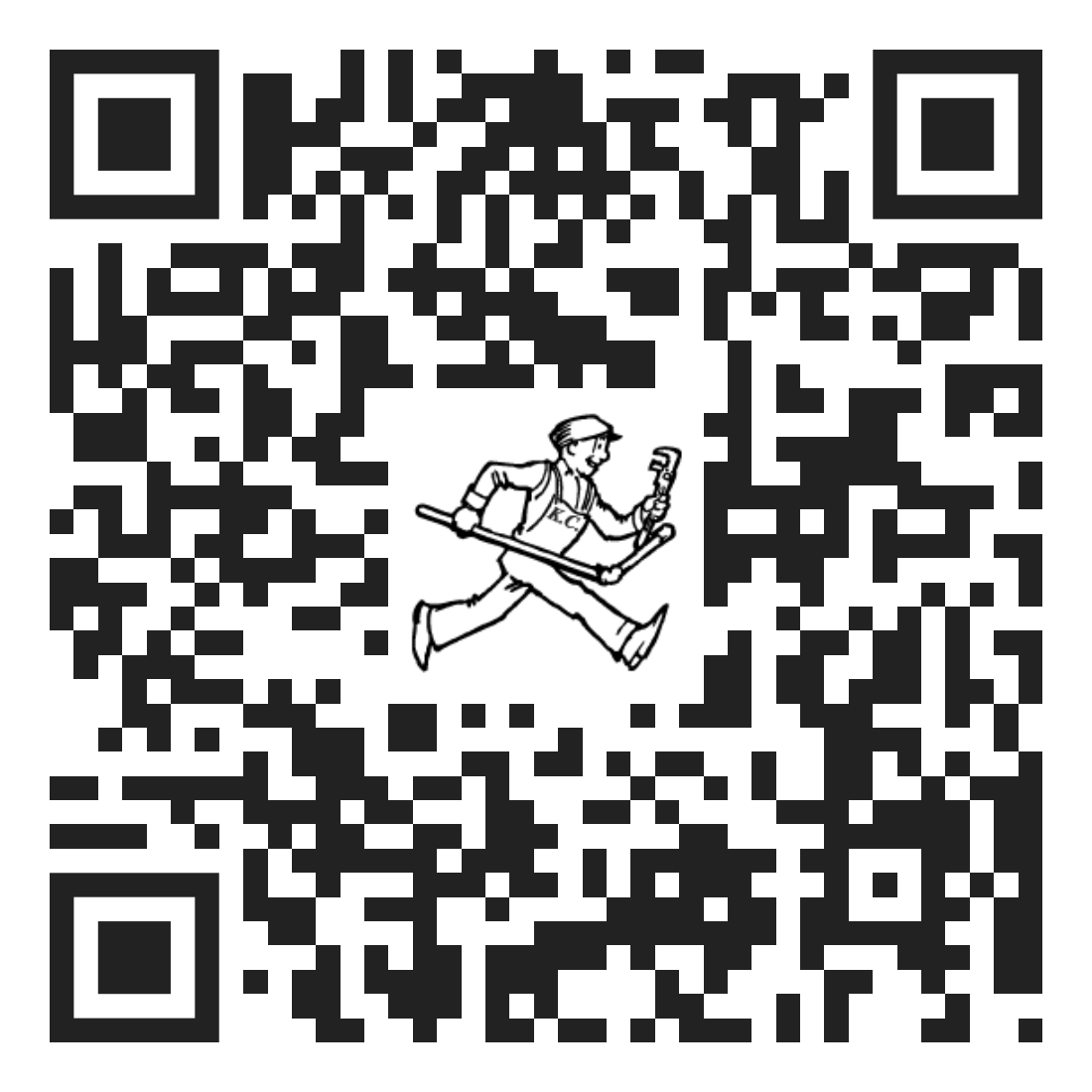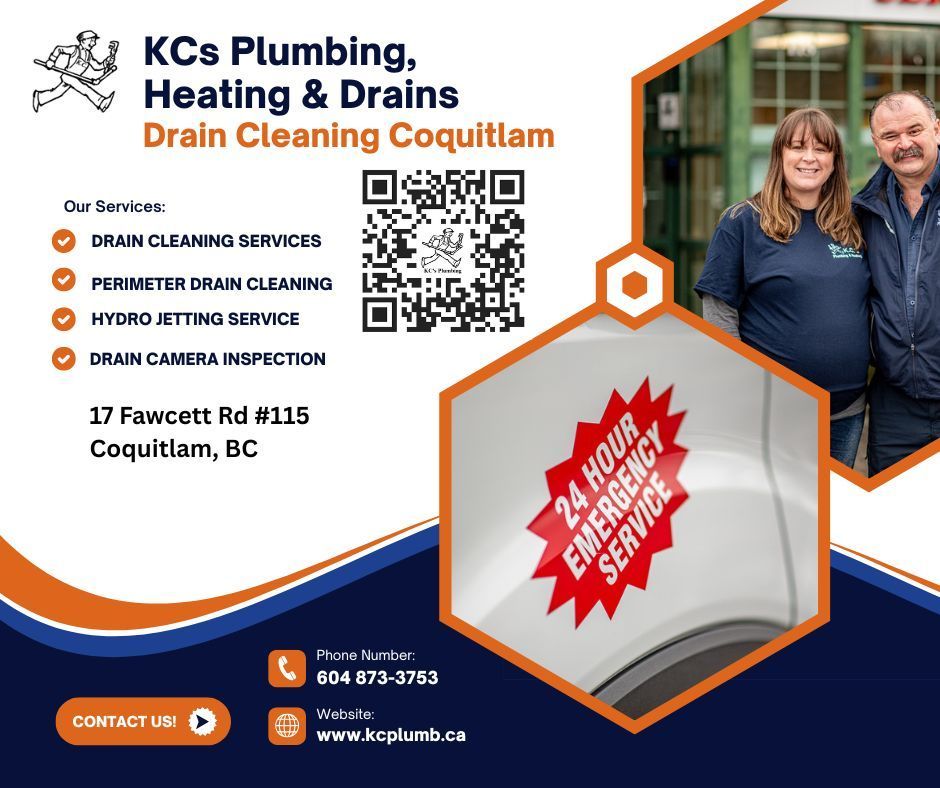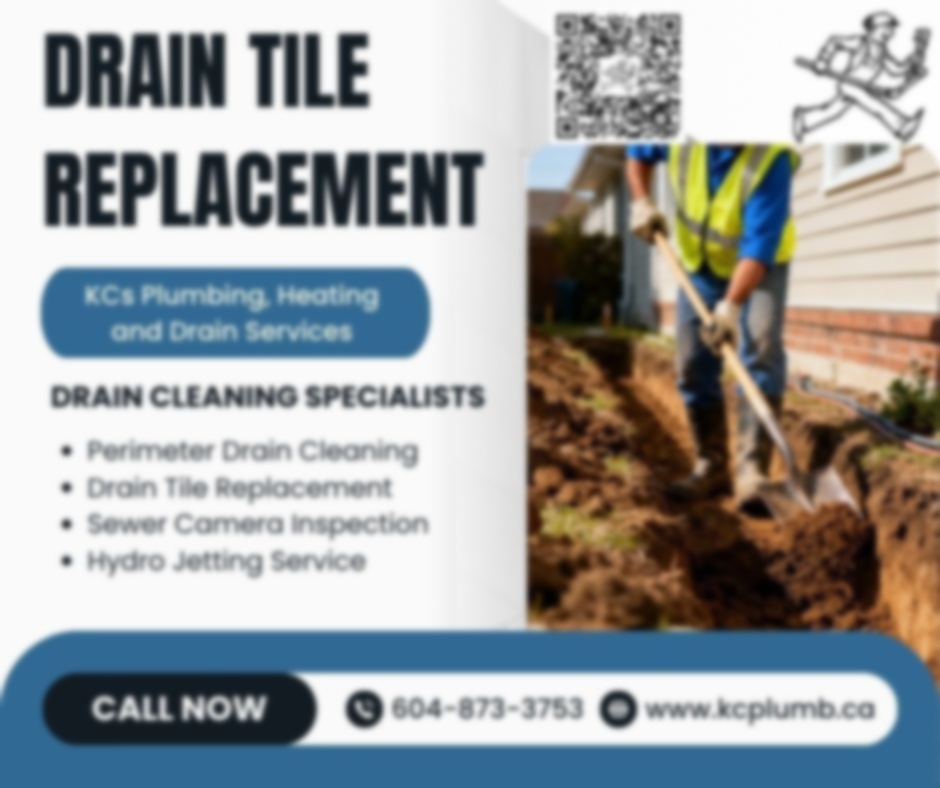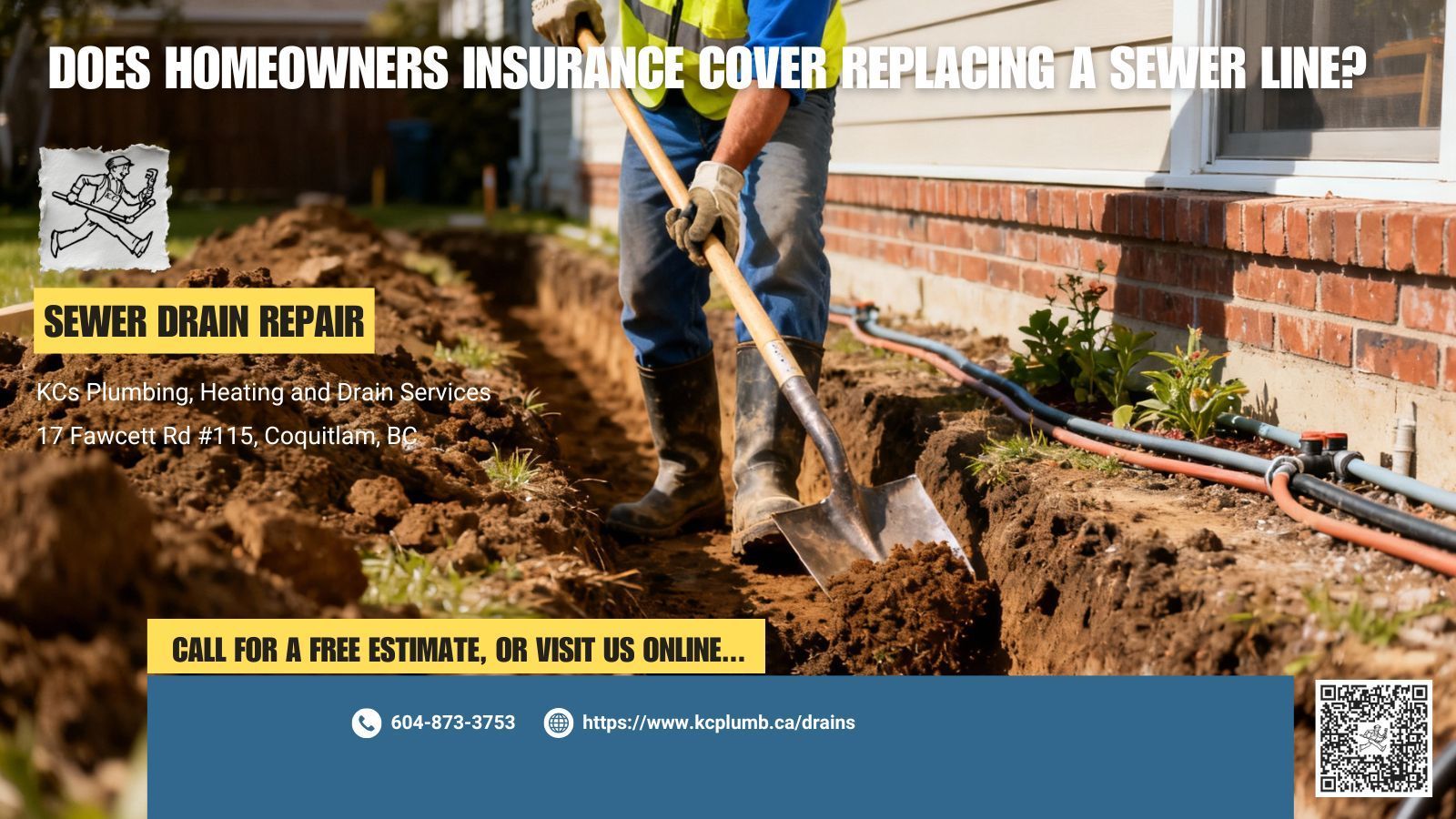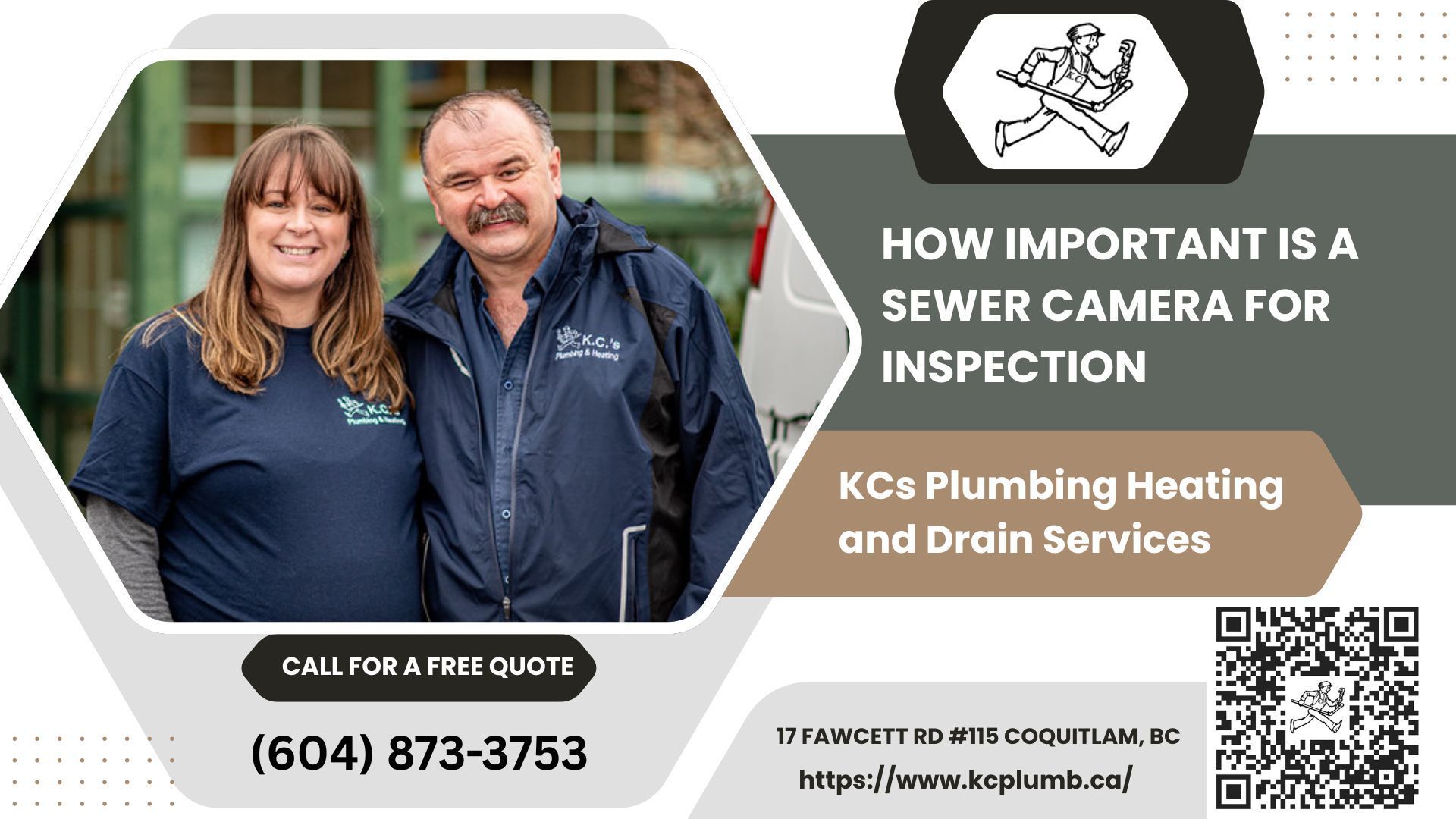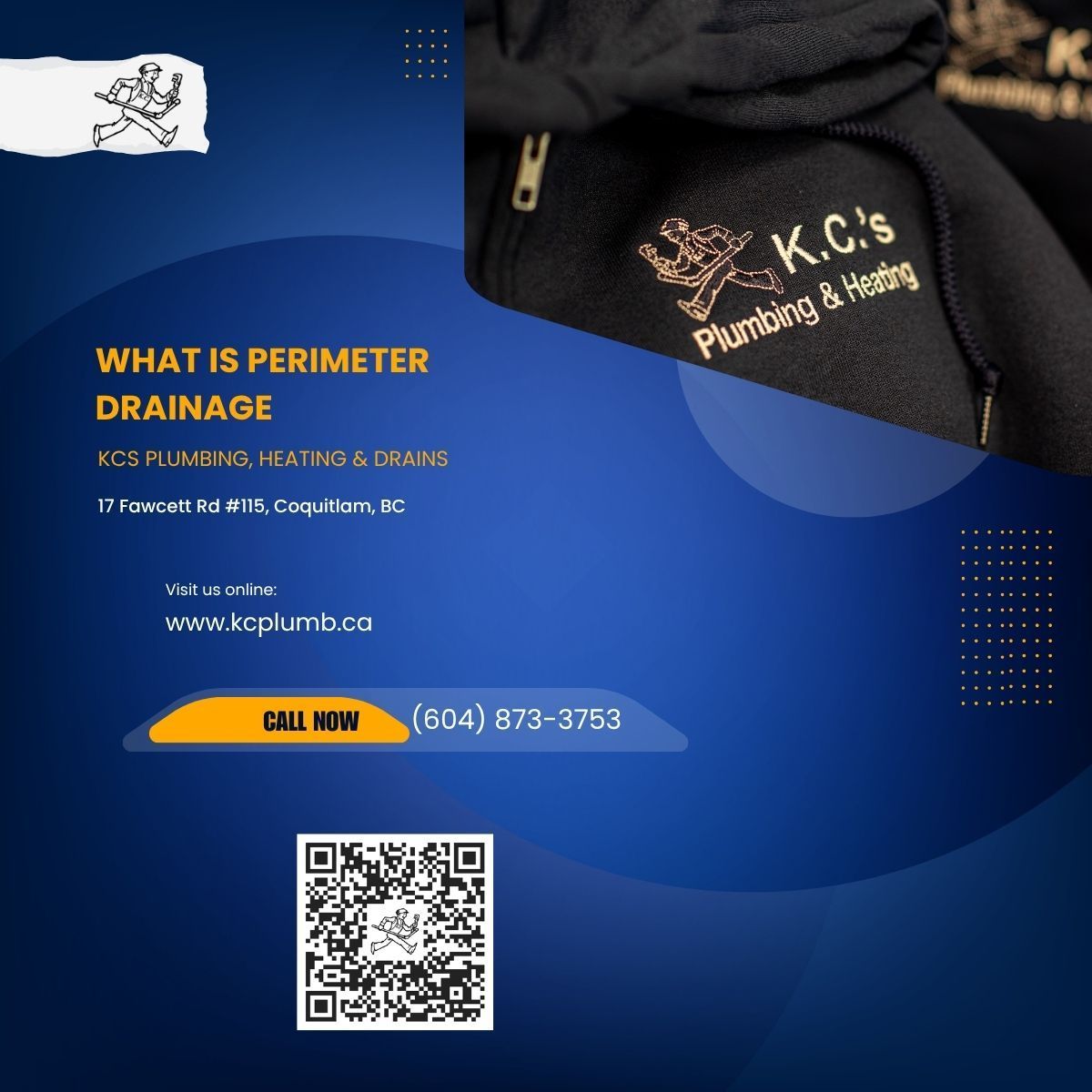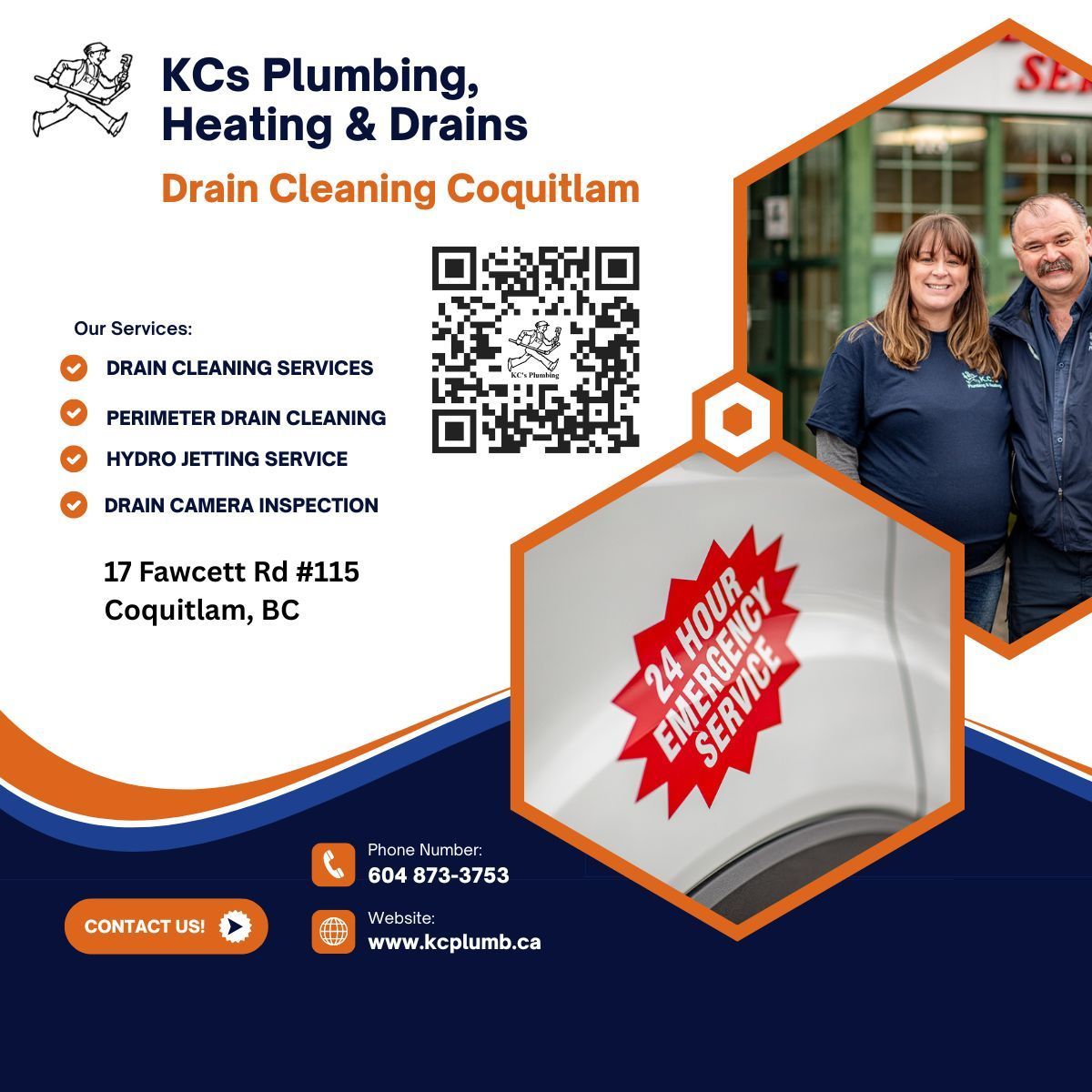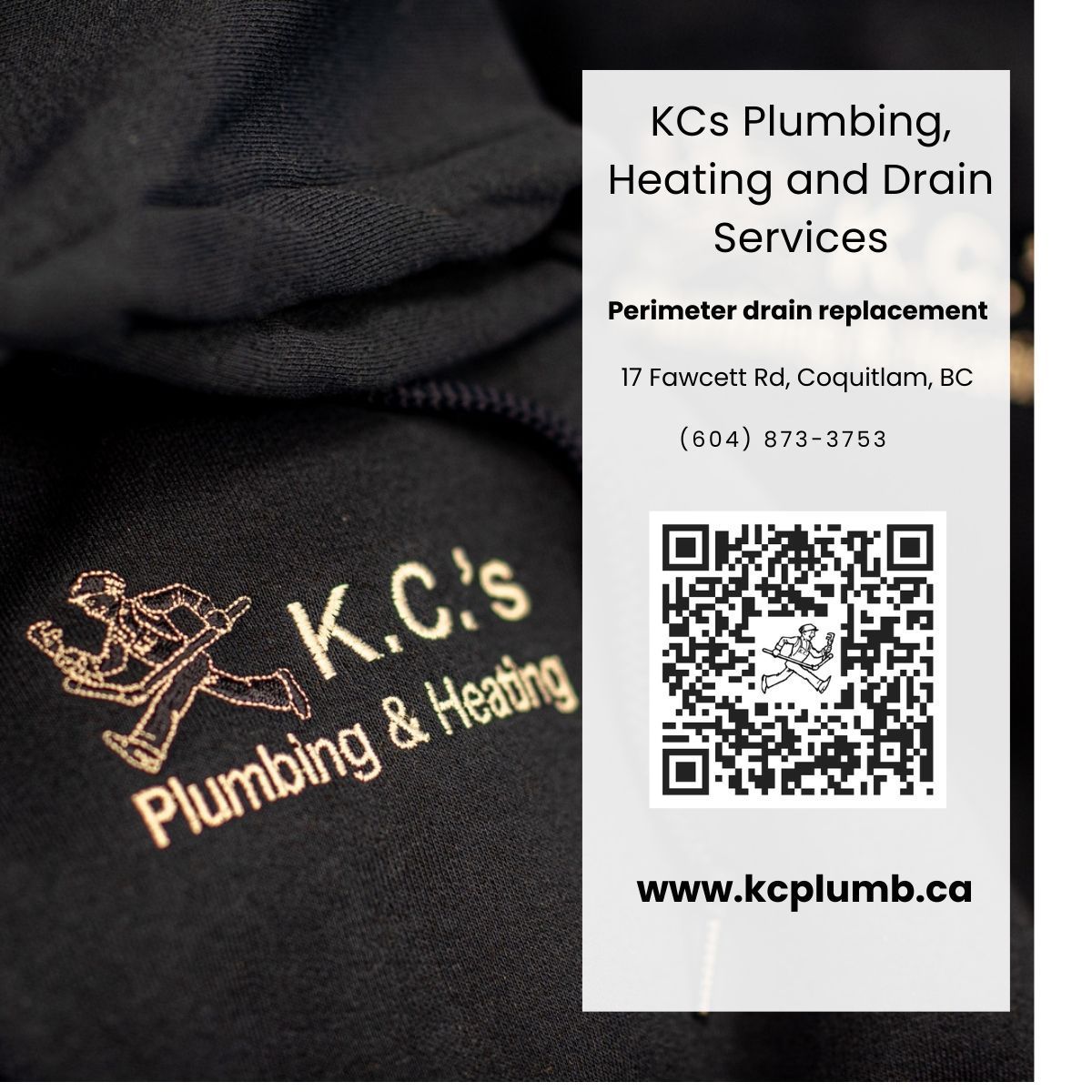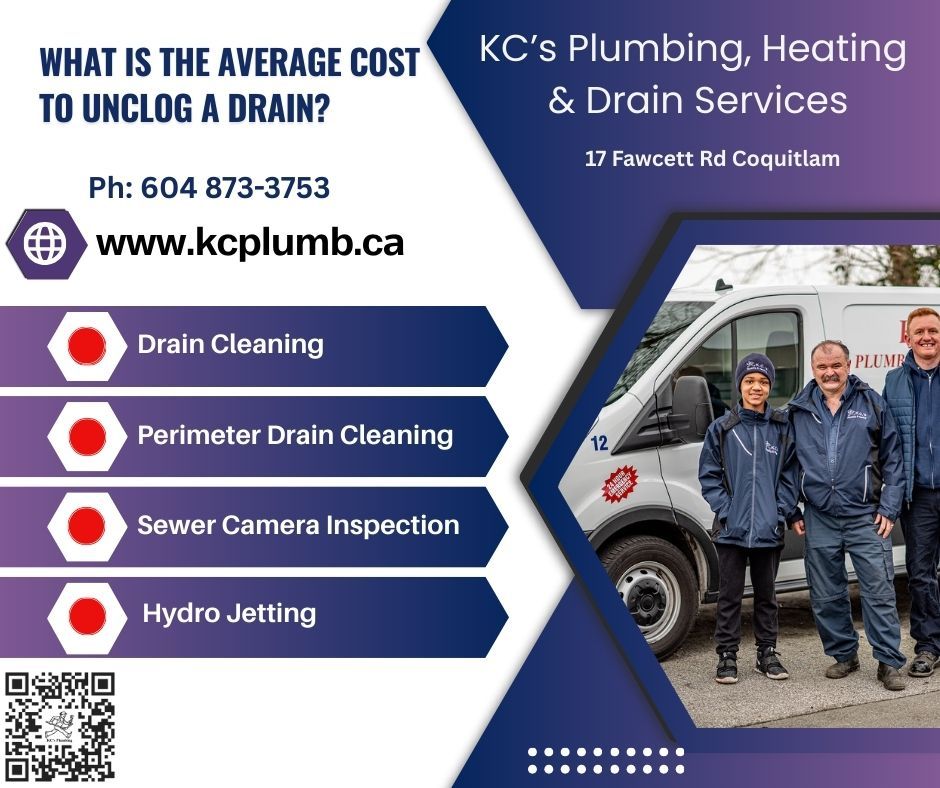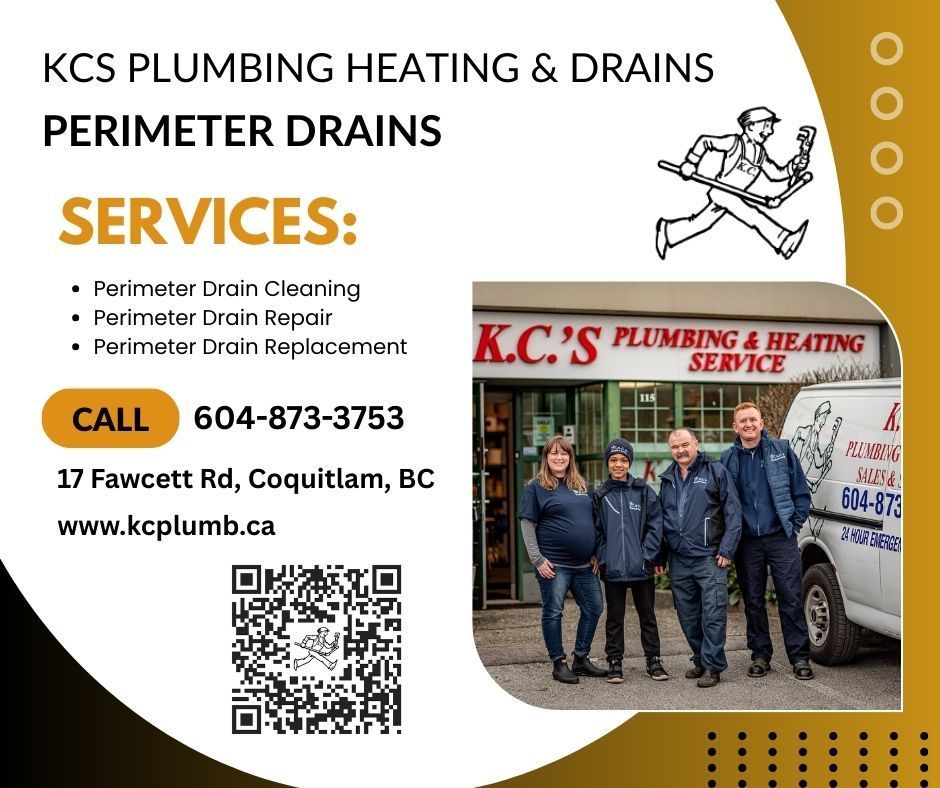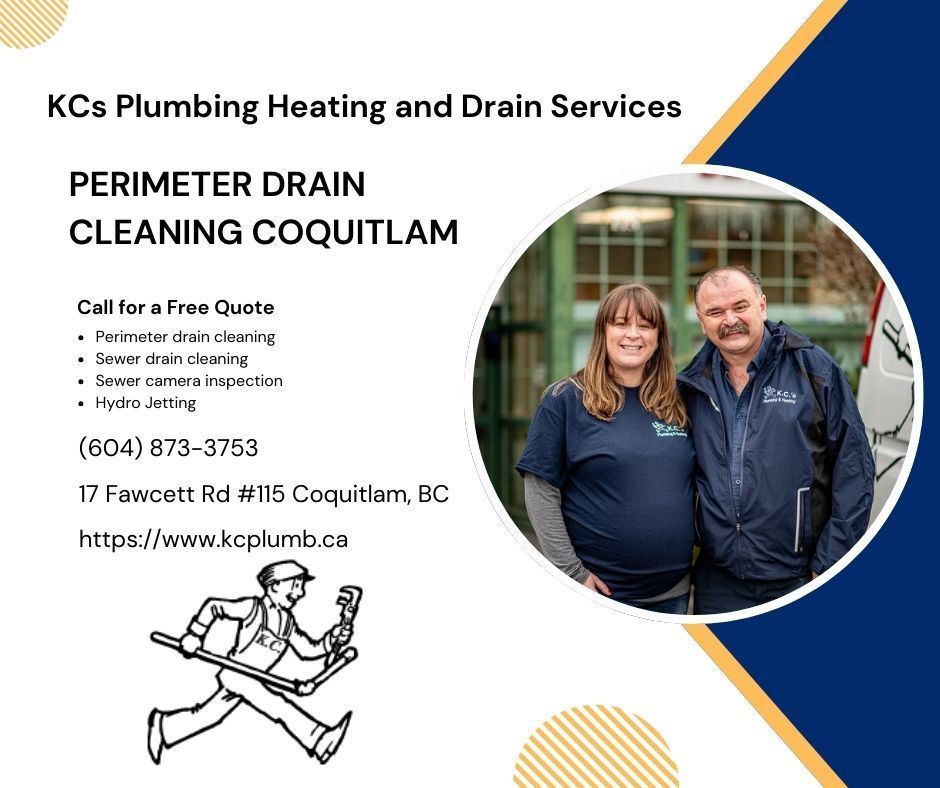Why Hydro Jetting Drain Cleaning is The Ultimate Solution for Clogged Sewer Drains
Nothing is more frustrating than a slow-draining sink or a clogged drain that refuses to clear, no matter how many times you use a plunger or a drain snake. Homeowners often face recurring plumbing issues caused by grease, debris, and even invasive tree roots blocking their sewer lines. While snaking a drain may provide temporary relief, it doesn’t always address the root cause of the problem. If you’re tired of dealing with constant clogs,
hydro jetting Coquitlam may be the solution you need.
Hydro jetting drain cleaning uses high-pressure water jets to completely flush out pipes and sewer lines, removing years of buildup, grease, and obstructions. Unlike chemical drain cleaners that can corrode pipes, hydro jetting is an environmentally friendly and highly effective way to clear clogged pipes and restore your plumbing system to optimal performance
How Hydro Jetting Works to Clear Pipes
Hydro jet cleaning works by using specialized hydro jet machines that blast high-pressure water into your drain pipe or sewer line. This powerful stream, reaching up to 4,000 PSI, scours the inside of your plumbing system, cutting through grease, mineral buildup, and even small tree roots. Unlike traditional drain cleaning services that rely on augers or a drain snake, hydro jetting offers a more thorough solution by completely flushing out debris, leaving your pipes as clean as new.
Hydro Jetting vs. Snaking: Which is Better?
Many homeowners wonder about the difference between hydro jetting and snaking a drain. While both methods are used to clear blockages, they work in very different ways. A drain snake, also known as an auger, is a flexible metal cable that is inserted into the drain system to break up a clog. This method is useful for minor blockages, but it often leaves behind grease and buildup that can lead to recurring plumbing problems.
In contrast, hydro jetting can effectively remove all obstructions, including stubborn debris, tree root intrusion, and hardened grease deposits. Hydro jetting uses water pressure to completely flush out the main drain and sewer system, preventing future plumbing issues. While hydro jetting may cost more upfront than snaking, it provides long-lasting results, reducing the need for frequent plumbing service calls.
However, there are situations where hydro jetting may not be the best option. For example, if your pipes are damaged or corroded, hydro jetting may cause damage to the pipes. A professional plumber will assess whether your plumbing system is strong enough to withstand the high-pressure water jets before proceeding.
What is Hydro Jetting?
Hydro jetting is a powerful plumbing technique that uses high-pressure water to clean out clogged or slow-moving drains and sewer lines. A specialized hose with a nozzle is inserted into the pipe, and water is blasted at pressures that can reach up to 4,000 PSI. This intense stream scours the interior walls of the pipes, removing grease, sludge, mineral buildup, and even tree roots. Unlike traditional snaking, which only punches through blockages, hydro jetting thoroughly cleans the entire pipe, restoring its full diameter and improving flow. It’s commonly used in residential, commercial, and industrial settings to address persistent plumbing issues and prevent future clogs.
Is Water Jetting Expensive?
Water jetting, particularly hydro jetting for plumbing, can be relatively expensive compared to basic drain cleaning methods. The cost typically ranges from $450 to $800 for
residential services, depending on the severity of the clog and the length of the pipes being cleaned. For commercial applications, prices can go as high as $2,500 for a large dwelling.
These costs reflect the specialized equipment and expertise required to perform the service safely and effectively. Despite the higher price tag, many homeowners find it worthwhile due to its thoroughness and long-lasting results. It’s especially cost-effective when used as a preventative measure to avoid major plumbing repairs down the line.
Can Hydro Jetting Remove Tree Roots?
Yes, hydro jetting is capable of removing tree roots from sewer lines. The high-pressure water stream is strong enough to cut through and flush out roots that have infiltrated the pipes. This method is particularly effective because it not only clears the immediate blockage but also cleans the pipe walls, reducing the chance of future root intrusion. Hydro jetting is often preferred over mechanical root cutting because it’s less invasive and doesn’t require digging. However, in cases of severe root damage or cracked pipes, additional repairs may be necessary.
How Long Does Hydro Jetting Last?
The effects of hydro jetting can last anywhere from six months to two years, depending on factors like pipe condition, usage habits, and the presence of recurring issues such as tree root intrusion. In well-maintained systems, hydro jetting can provide long-term relief from clogs and slow drains. Many homeowners opt for annual hydro jetting as part of routine plumbing maintenance to keep their pipes in optimal condition. Regular service helps prevent buildup of grease, sediment, and other debris that can lead to blockages.
How do You Get Tree Roots Out of Sewer Lines?
Removing tree roots from sewer lines typically involves one of several methods, depending on the severity of the intrusion. Hydro jetting is a popular choice, using high-pressure water to cut through and flush out roots. Mechanical augers or root cutters can also be used to physically break up the roots inside the pipe. For extensive damage, pipe replacement or trenchless repair methods may be necessary. Regular inspections and maintenance are key to preventing tree roots from causing serious plumbing issues.
How Much psi is Needed For a Sewer Jetter?
A sewer jetter typically operates at pressures ranging from 1,500 to 4,000 PSI, depending on the type of blockage and the pipe size. For residential applications, jetters around 2,000 to 3,000 PSI are usually sufficient to clear grease, sediment, and minor root intrusions.
Commercial or industrial systems may require higher pressures to tackle more stubborn obstructions. The PSI rating is crucial because it determines the jetter’s ability to cut through debris and clean the pipe walls effectively. However, it’s equally important to consider the flow rate (GPM), as higher water volume helps flush loosened material down the pipe.
Is Hydro Jetting Worth It for Homeowners?
If you're dealing with frequent drain clogs, slow draining sinks, or foul odors from your sewer line, hydro jetting can help clear these issues before they become major plumbing problems. Regular hydro jetting offers preventative maintenance, keeping your pipes and sewer lines in top condition and reducing the risk of emergency plumbing repairs. Because hydro jet drain cleaning relies on water jets rather than harsh chemicals, it is safe for your plumbing system while being better for the environment.
The hydro jetting cost depends on factors such as the severity of the clog, the condition of your pipes, and the size of your sewer system. While it may be more expensive than snaking and hydro jetting combined, its effectiveness in cleaning pipes makes it a worthwhile investment for homeowners looking for a long-term plumbing solution.
KCs Plumbing, Heating & Drain Services
17 Fawcett Rd #115, Coquitlam, BC
(604) 873-3753
https://www.kcplumb.ca/drains/perimeter-drainage
Add your custom HTML here

